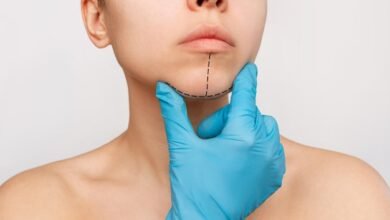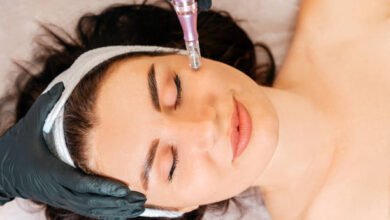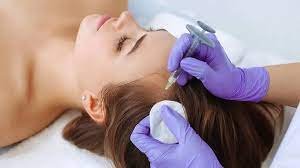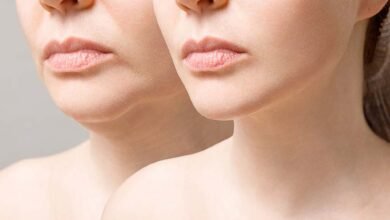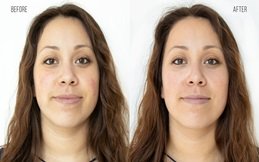
HydraFacial is renowned for its ability to rejuvenate and refresh the skin. However, if you’ve found that your skin looks worse after a HydraFacial, you’re not alone. Mistakes during or after the treatment can lead to disappointing results. In this article, we’ll explore seven common HydraFacial mistakes that might be making your skin look worse and offer tips to help you get the most out of this popular treatment.
Mistake 1: Choosing the Wrong HydraFacial Setting
One of the most common reasons Skin Looks Worse After Hydrafacial is selecting an inappropriate setting for your skin type. HydraFacial machines come with different settings designed for various skin concerns. If the wrong setting is used, it can lead to excessive dryness or irritation.
Solution: Before your appointment, discuss your skin type and concerns with your aesthetician. Ensure they use the HydraFacial setting tailored to your needs.
Mistake 2: Skipping Pre-Treatment Preparation
Proper pre-treatment preparation is crucial for optimal HydraFacial results. Neglecting to follow pre-treatment guidelines can affect how your skin reacts during the procedure.
Solution: Follow your aesthetician’s pre-treatment instructions, which might include avoiding certain skincare products or medications. This will help prepare your skin for the HydraFacial and minimize potential issues.
Mistake 3: Undergoing HydraFacial Too Frequently
While HydraFacial is gentle and suitable for regular use, overdoing it can lead to adverse effects. Frequent treatments may result in skin irritation or a disrupted skin barrier, causing your skin to look worse.
Solution: Stick to the recommended treatment frequency. Most experts suggest every 4 to 6 weeks, depending on your skin’s condition and needs.
Mistake 4: Ignoring Post-Treatment Skincare
Post-treatment skincare is just as important as the HydraFacial itself. Ignoring aftercare can lead to issues such as dryness or breakouts, making your skin look worse.
Solution: Follow the post-treatment care instructions provided by your aesthetician. This often includes using gentle, hydrating products and avoiding sun exposure.
Mistake 5: Using Harsh Skincare Products After Treatment
After a HydraFacial, your skin is often more sensitive. Using harsh skincare products can irritate your skin, leading to redness, dryness, or worsening of your skin condition.
Solution: Opt for gentle, hydrating skincare products post-treatment. Avoid exfoliants, retinoids, and other potentially irritating ingredients until your skin has fully recovered.
Mistake 6: Not Addressing Underlying Skin Issues
HydraFacial treats surface skin concerns, but it doesn’t address deeper, underlying issues. If you have persistent skin problems like acne or rosacea, they may not improve with HydraFacial alone.
Solution: Consult with a dermatologist or skincare specialist to address underlying skin conditions. HydraFacial can be a part of your treatment plan but may need to be combined with other therapies for best results.
Mistake 7: Receiving HydraFacial from Inexperienced Technicians
The skill and experience of your HydraFacial technician play a significant role in the outcome of your treatment. An inexperienced technician might not perform the procedure correctly, leading to suboptimal results.
Solution: Choose a qualified and experienced practitioner for your HydraFacial. Look for reviews and ask for recommendations to ensure you receive treatment from a skilled professional.
Conclusion
HydraFacial can be a fantastic way to improve your skin’s appearance, but avoiding common mistakes is crucial for achieving the best results. By addressing these seven common HydraFacial mistakes, you can prevent your skin from looking worse and enjoy the rejuvenating benefits of this popular treatment.
